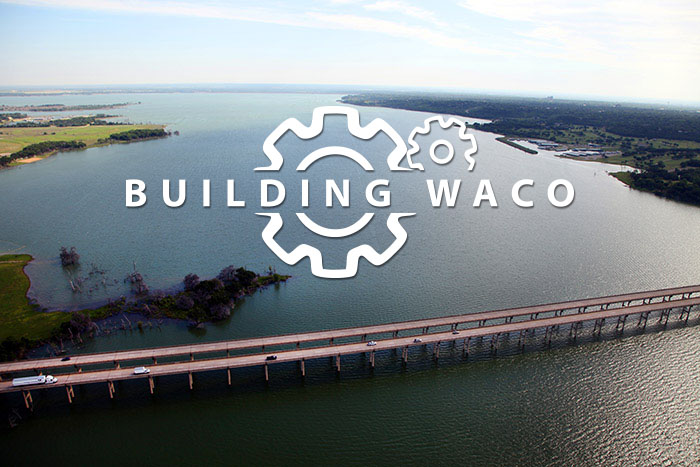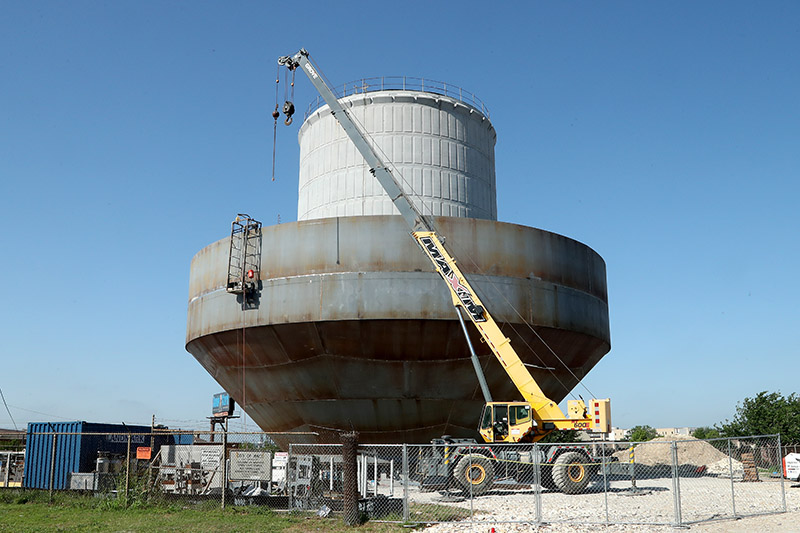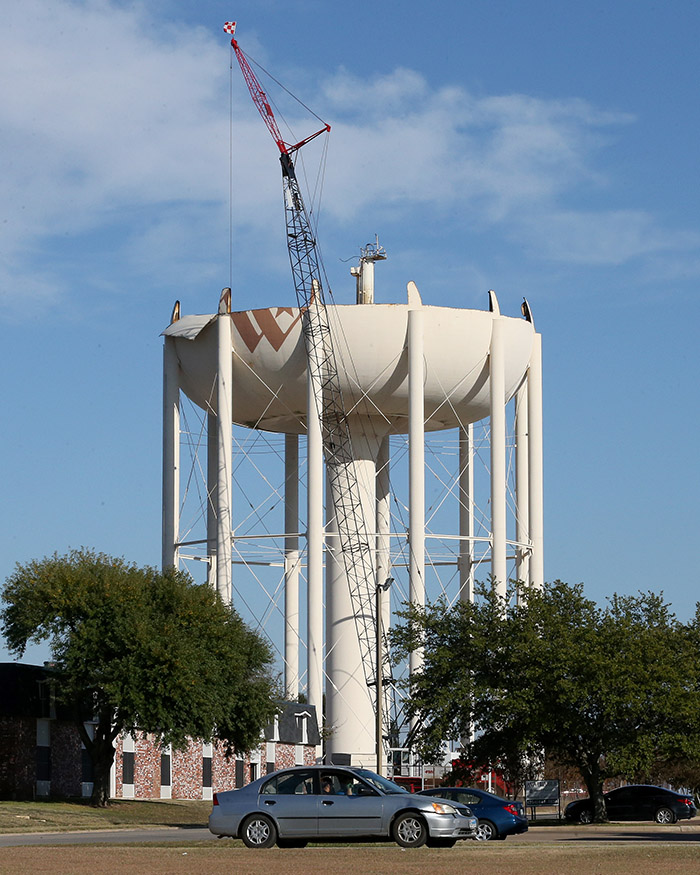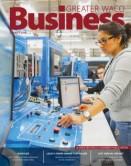Article contributed by the City of Waco, published in the second quarter edition of the Greater Waco Business Magazine.
Waco is on its way to becoming a major metropolitan city. The significant growth in recent years has transformed this city into a center of excellence and economic development with dynamic potential. Growth in Waco is good. Waco is a great place to be!

Boosted by its convenient location along the I-35 corridor between Austin and Dallas, this city with humble beginnings now has the qualities to attract new businesses, prime talent, tourists and future residents. Waco’s attractive business incentives and land availability, the abundance of job opportunities and its excellent quality of life with low cost of living has fueled this transformation. But to continue the momentum, investment in necessary infrastructure improvements are essential.
To meet these growth-related challenges, the city implemented Building Waco, a 10-year Capital Improvement Project aimed to renew and rebuild necessary infrastructure to foster and sustain development. The program includes $131 million in water projects, $139 million in wastewater projects, and $50 million in street improvements.
The city of Waco currently serves the water needs of more than 131,000 residents and seeks to serve an additional 40,000 over the next 25 years. Waco has initiated numerous project updates to replace storage tanks, install new water lines (replacing some that are more than 100 years old), constructing new water pump stations and replacing Owen Lane Tower with a larger capacity water tower, among other initiatives.
While the majority of the Building Waco budget has targeted water projects, necessary capital improvement projects go beyond just water. Other investments in traditional infrastructure—such as roads, bridges and buildings—are also vital to foster Waco’s economic development and keep the city attractive. Preserving and modernizing the city’s aesthetics are just as important as keeping it functional.

Cities like Waco experience natural ebbs and flows in growth patterns. While there’s evidence the future looks bright, the city can still benefit from fostering economic development and growth now. Waco already offers much for current and future residents, businesses and tourists to enjoy.
For example, Lake Waco was originally designed to deliver a safe water supply to the city’s residents. It now also serves as entertainment, and residents and visitors regularly enjoy boating, fishing and swimming on the lake. Long-term city planning provided a man-made lake to Wacoans with a reliable and ample water supply, treatment capacity (more than twice the amount of Waco’s highest demand day) and modern-day delivery infrastructure to safely transport the water to the customer.
Additionally, like other areas in Texas, Waco has a generous supply of low-cost land available for development. Having land available is appealing to companies seeking to relocate and construct headquarters. Recognizing this need as essential for growth, the city, private individuals and non-profits, such as the Waco Industrial Foundation created eleven business parks. Not only will these business parks attract new companies, they will help further the city’s goal to diversify the job force and offer a wide array of jobs. Further, the city of Waco proactively installed utility infrastructure in these industrial parks, which is a great advantage when recruiting a company to a particular
site. With the infrastructure in place, the site is construction-ready.

Another way to ensure the city’s future economic development is through its excellent educational opportunities. Waco is home to one of Texas’ largest and oldest universities, Baylor University, with more than 16,000 students. The university’s graduate programs—including its law school and business school—are nationally acclaimed. Baylor’s athletics department attracts visitors from across the state to sporting events each weekend, which contributes to tourism revenue. Also, Waco is home to McLennan Community College, with an enrollment of nearly 9,000 students, and Texas State Technical College, which has about 4,000 students enrolled. While attracting new talent is vital for the community to thrive, retaining talented graduates is just as important.
With these assets, Waco’s economic outlook is bright. The city is projected to grow at a healthy pace. In fact, based on an economic development report by economist Ray Perryman, the metropolitan area (including McLennan and Falls counties) is projected to expand by some 59,100 residents by 2040, for a total population of 323,000. The economy is likely to double in size as measured by output (real gross product) and could accelerate more through effective planning and strategic investments.
Our leaders look forward to diversifying job opportunities and industries, as well as attracting and retaining excellent talent so that current and future residents will continue to experience a great quality of life. All of this will be made possible with a proactive approach toward modernizing and beautifying the city through Building Waco. With many projects underway and more yet to accomplish, Waco is ready to thrive.
For more information on Building Waco, please visit www.buildingwaco.com or follow the City of Waco on Facebook and Twitter.
Check out this edition of the Greater Waco Business magazine,
featuring articles all about advanced manufacturing in Waco,
new Chamber members, member news and more!

